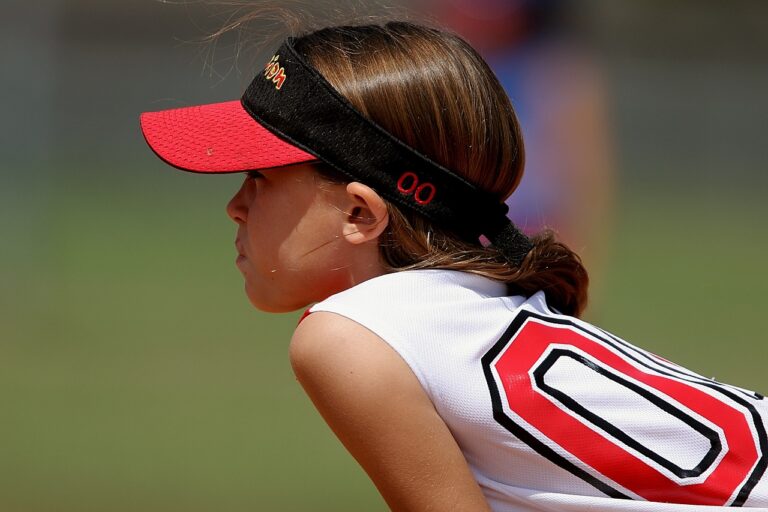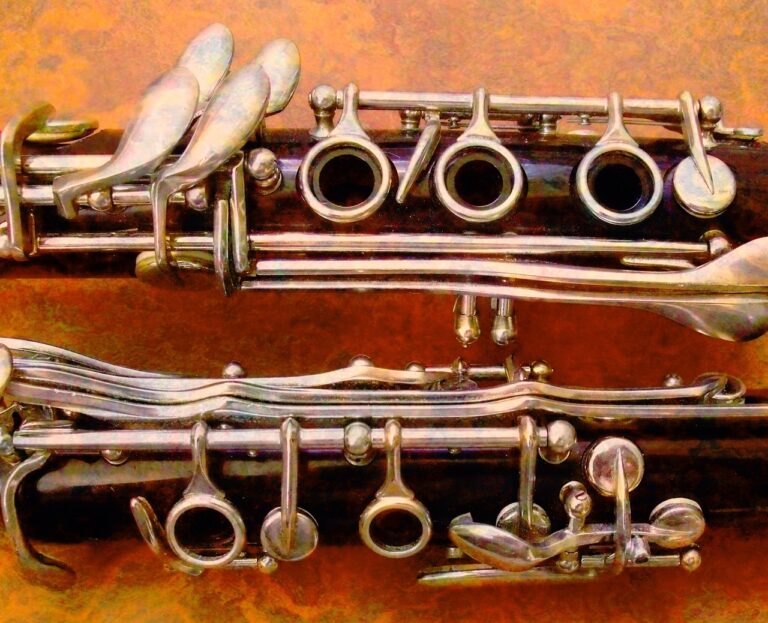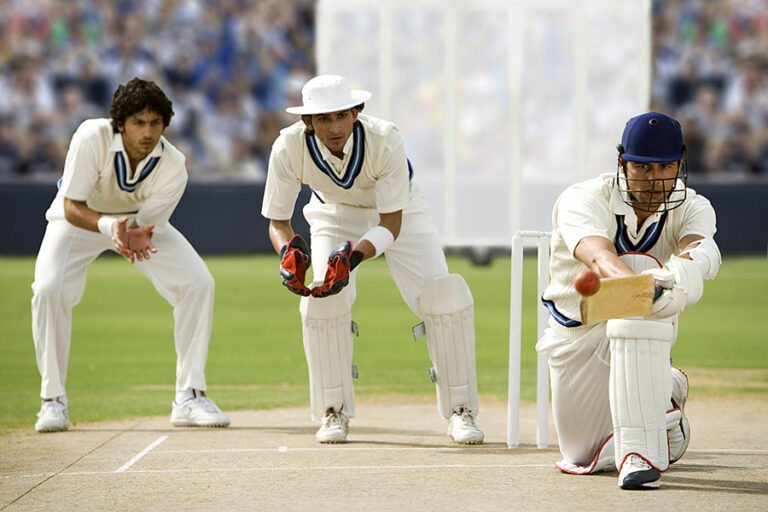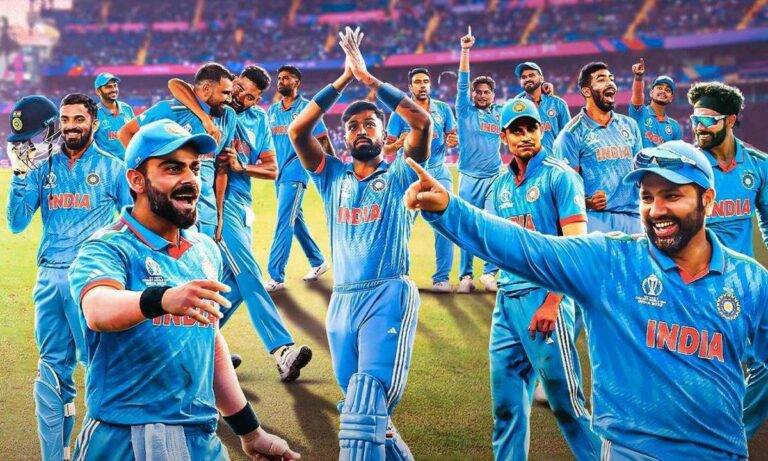Analyzing the Evolution of Cricket Bats: From Willow to Modern Materials: Allpaanel mahadev book, Lotus book 365 registration, Laserbook 247
allpaanel mahadev book, lotus book 365 registration, laserbook 247: Cricket is a game that has evolved over the years, not just in terms of rules and regulations but also in terms of the equipment used by players. One of the key pieces of equipment in cricket is the bat, a tool that has seen significant changes in materials and design over the years. In this article, we will delve into the evolution of cricket bats, from traditional willow to modern materials, and how these changes have impacted the game.
The Evolution of Cricket Bats:
1. Traditional Willow Bats:
For centuries, cricket bats were made from traditional willow wood. Willow is known for its lightweight nature and shock-absorbing qualities, making it an ideal material for cricket bats. These bats were handcrafted by skilled craftsmen, with a large sweet spot and a thick edge to help players hit the ball with power.
2. Changes in Design:
As the game of cricket evolved, so did the design of cricket bats. In the late 19th century, a curved blade design was introduced, allowing players to play shots along the ground with ease. The handle of the bat also saw changes, with the introduction of rubber grips for better control and comfort.
3. Introduction of Modern Materials:
In recent years, cricket bats have seen a significant shift towards modern materials such as carbon fiber, fiberglass, and composite materials. These materials offer greater durability, power, and flexibility compared to traditional willow bats. Players can now choose from a wide range of options, each tailored to their specific playing style.
4. Benefits of Modern Materials:
Modern materials have revolutionized the game of cricket, with players able to hit the ball further and with more precision than ever before. These bats are also more durable and require less maintenance compared to traditional willow bats. Additionally, modern materials allow for greater customization, with players able to choose bats that suit their individual preferences and playing style.
5. Regulation Changes:
With the introduction of modern materials, cricket governing bodies have had to introduce regulations to ensure a level playing field for all players. Bats are now required to meet specific size and weight regulations to prevent players from gaining an unfair advantage.
6. Impact on the Game:
The evolution of cricket bats has had a profound impact on the game itself, with players able to hit the ball with more power and precision. This has led to higher scores and more exciting matches, with players pushing the boundaries of what is possible with the modern cricket bat.
FAQs:
Q: Are traditional willow bats still used in cricket?
A: Yes, traditional willow bats are still used by many players, especially at the amateur level. However, modern materials have become increasingly popular among professional players due to their performance benefits.
Q: Can I use a composite bat in a professional cricket match?
A: It depends on the regulations of the governing body overseeing the match. Many professional leagues have strict regulations regarding bat materials and dimensions, so it is essential to check the rules before using a composite bat.
Q: How often should I replace my cricket bat?
A: The lifespan of a cricket bat varies depending on usage and maintenance. Professional players may replace their bats more frequently, while amateur players may use the same bat for several seasons. It is essential to inspect your bat regularly for signs of wear and tear.







